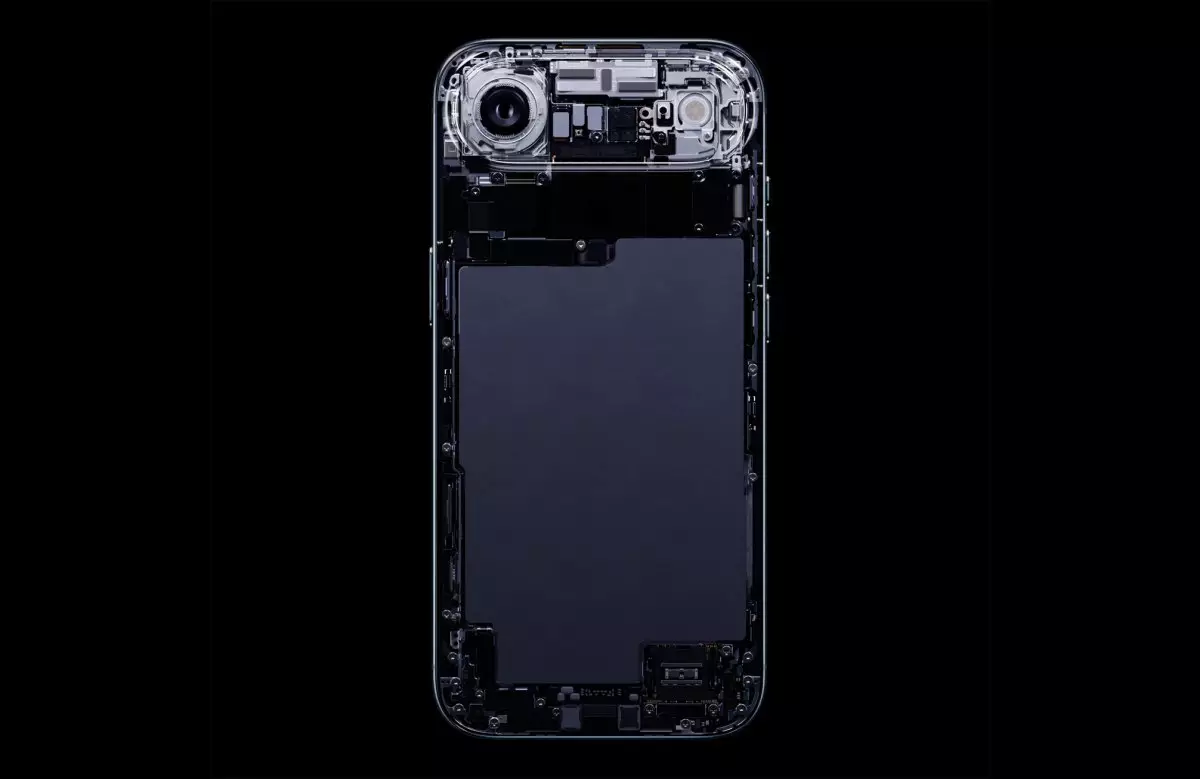While sleek, slim smartphones like the iPhone Air captivate consumers with their minimalist elegance, the real technological marvel lies beneath the surface. The emphasis has frequently been on aesthetic engineering—the thin bezels, sophisticated logic boards, and refined glass bodies. However, true innovation often resides in the fundamental energy storage components that power these devices. According to industry experts such as Gene Berdichevsky, the secret to the next leap in mobile technology might be hidden in the advent of advanced battery architectures, specifically metal can batteries.
Rethinking Battery Design: The Shift to Metal Can Technology
Traditional lithium-ion batteries in consumer electronics are predominantly pouch cells—soft plastic enclosures that are economical but inherently vulnerable when subjected to swelling or mechanical stress. Apple’s recent adoption of a metal can battery marks a significant departure from this norm. The name itself—”metal can”—refers to a robust metallic casing that encases the entire cell, endowing it with unparalleled durability and structural integrity.
This design innovation is not trivial; it fundamentally alters how batteries can be shaped and integrated. Berdichevsky praises this development as a “revolutionary” capability because it permits battery geometries previously thought impractical or impossible. The metallized shell allows for more aggressive utilization of space within compact devices, enabling batteries to be precisely fitted into irregularly shaped cavities without the risk of swelling-induced damage.
Enhancing Energy Density and Device Flexibility
The implications of such a design are profound. By enabling batteries to be crafted in two-dimensional configurations that closely hug device edges, manufacturers can maximize the limited internal real estate in slim-profile gadgets. This translates into longer-lasting phones, smaller devices, or a combination of both—precisely what premium electronics aim for in an increasingly crowded market.
Furthermore, Berdichevsky’s insights suggest that most future mobile devices, including augmented reality (AR), virtual reality (VR) peripherals, and ultra-compact wearables, will likely adopt metal can batteries despite the higher production costs. The added expense is justified by the greatly enhanced energy density—an essential trait as consumer and enterprise devices demand more power in less space.
Implications for Silicon Anodes and Future Battery Chemistries
The development of robust metal can batteries could be a catalyst for a chemical revolution within the battery industry. Silicon anodes, capable of storing approximately 50% more energy than conventional graphite, are hindered by their tendency to swell during charge cycles. This swelling can compromise battery integrity and longevity. However, Berdichevsky notes that advanced metal can designs provide a stable environment that mitigates this issue, enabling the safe integration of silicon-rich anodes.
This transition is crucial because it opens the floodgates for leveraging higher-energy-density materials, pushing the boundaries of what mobile devices can achieve. The combination of durable, shape-flexible batteries with silicon anodes signals a future where smartphones, AR glasses, and other portable tech could boast unprecedented runtimes and form factors.
A Paradigm Shift in Portable Power
Ultimately, the evolution toward metal can batteries signifies more than just incremental improvement—it represents a fundamental shift in portable energy storage philosophy. As Berdichevsky astutely remarks, embracing this technology allows engineers to explore new geometries and materials, effectively freeing battery design from traditional constraints. With this newfound freedom, the industry is poised to develop devices that are not only more powerful but also more resilient and adaptable to innovative form factors.
This transformation hints at a future where the limitations of current battery chemistry and design no longer cap technological progress. Instead, they become stepping stones toward smarter, more integrated, and more efficient portable devices. The silent revolution of the metal can battery might very well be the secret ingredient that propels the next generation of mobile innovation into uncharted territory.

